Introduction: The Enchanting Language of Bird Chirping
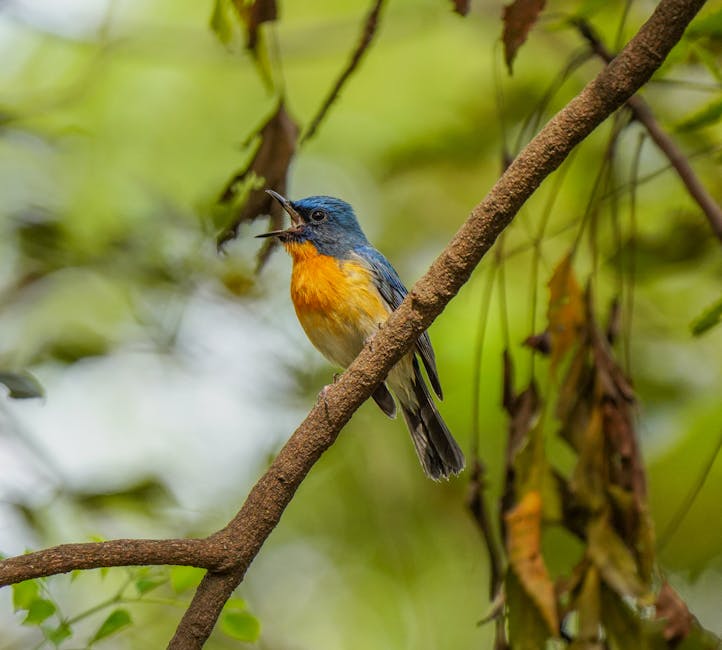
Birdsong has captivated humans for centuries, transcending barriers and connecting us to the natural world. In this blog post, we will explore the fascinating world of bird chirping, unraveling its meaning and significance.
Have you ever wondered what those melodic trills and rhythmic patterns actually convey? Birds use chirping to communicate a wide range of emotions, intentions, and messages to their fellow avian companions. By understanding the intricacies of bird chirping, we gain insights into their behaviors, mating rituals, and warnings of potential danger.
This post aims to examine the various types and interpretations of bird chirping, fostering a deeper appreciation for the avian world and a stronger connection with nature.
Throughout history, humans have marveled at the beauty and complexity of bird sounds. From ancient civilizations where birds were revered as symbols of divinity to modern times when their songs have been recorded and studied, our fascination persists. By peering into this realm of avian communication, we unlock a treasure trove of knowledge and a renewed sense of wonder.
What is Bird Chirping?

Bird chirping refers to the vocalizations made by birds, characterized by short, high-pitched sounds. It is a common form of communication used by birds to convey information to other birds, including members of their own species and potential mates. Chirping plays a crucial role in social interactions and survival.
Birds produce chirping sounds using their vocal apparatus, which consists of specialized structures such as the syrinx, located at the base of their trachea. The syrinx enables birds to produce a diverse repertoire of chirping patterns observed across different species.
Chirping serves various purposes for birds. It is used for territorial defense, attracting mates, and communicating danger or calling for help. The timing, duration, and frequency of chirping convey specific messages, such as marking territory or expressing emotional states.
Overall, bird chirping is a remarkable vocal behavior that serves multiple functions in avian communication. Through chirping, birds establish social bonds, defend territories, attract mates, and warn others of potential dangers.
Chirping and Bird Communication

Bird chirping is a vital form of communication among avian species. Through their vocalizations, birds convey messages to establish territory, attract mates, warn of threats, and maintain social bonds within their flocks.
Chirping demarcates boundaries and warns potential intruders, indicating that an area is already claimed. It also plays a significant role in attracting mates, with male birds producing elaborate songs to showcase their fitness and genetic quality.
Different species have distinct chirping patterns, fostering recognition and cooperation within flocks. Chirping also serves as a communication tool to alert nearby birds of approaching predators or hazards, allowing for coordinated defensive measures.
The diversity of bird chirping is remarkable, with variations in pitch, rhythm, and duration. Different calls serve specific purposes, such as alarm calls, mating calls, or contact calls. Understanding the intricacies of bird chirping is not only fascinating but also essential for unraveling the mysteries of avian behavior and conservation.
By exploring the enchanting language of bird chirping, we gain a deeper understanding of their world and cultivate a greater appreciation for the wonders of nature.
Different Types of Bird Chirping
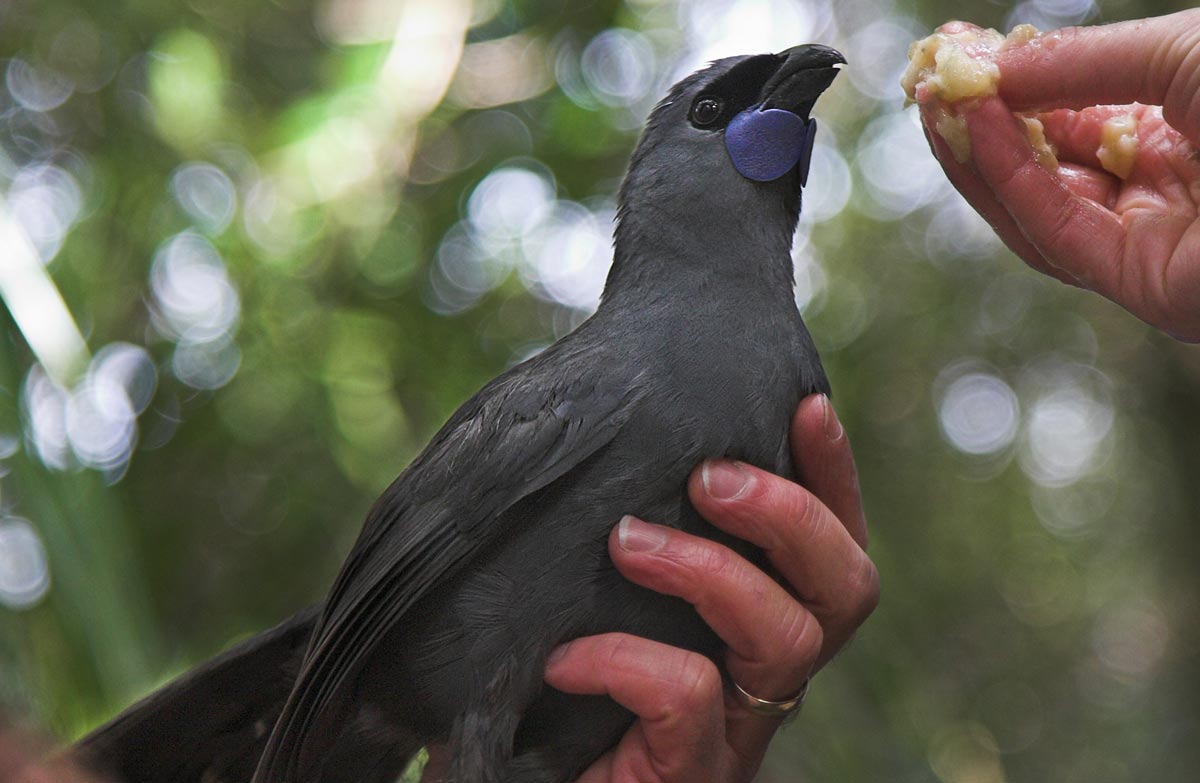
Bird chirping encompasses a wide range of sounds and patterns, each serving a specific purpose in avian communication. Understanding these types can provide valuable insights into bird behavior and characteristics. Here are some common ones:
Simple Repetitive Chirping

Some bird species produce simple, repetitive chirping patterns consisting of a single note or a few short notes. These chirps are used for basic communication, such as maintaining contact with other flock members or signaling their presence.
Complex Melodious Songs
Many birds are known for their complex and melodious songs. These songs involve a combination of different notes, pitches, rhythms, and volumes, creating intricate musical compositions. Songbirds, such as nightingales and thrushes, use these songs primarily for attracting mates and establishing territories.
Alarm Calls
Birds use alarm calls as a warning mechanism to alert others of potential danger. These calls are short, high-pitched chirps repeated rapidly and often accompanied by intense vocalization. They signal the presence of predators or other threats, prompting coordinated defensive responses within the flock.
Social Calls
Certain bird species utilize specific songs or calls to communicate with their flock or family members. These social calls help maintain social cohesion, coordinate group activities, and convey information. The unique vocalizations facilitate efficient communication and contribute to the overall organization and cooperation of the bird community.
Mimicry
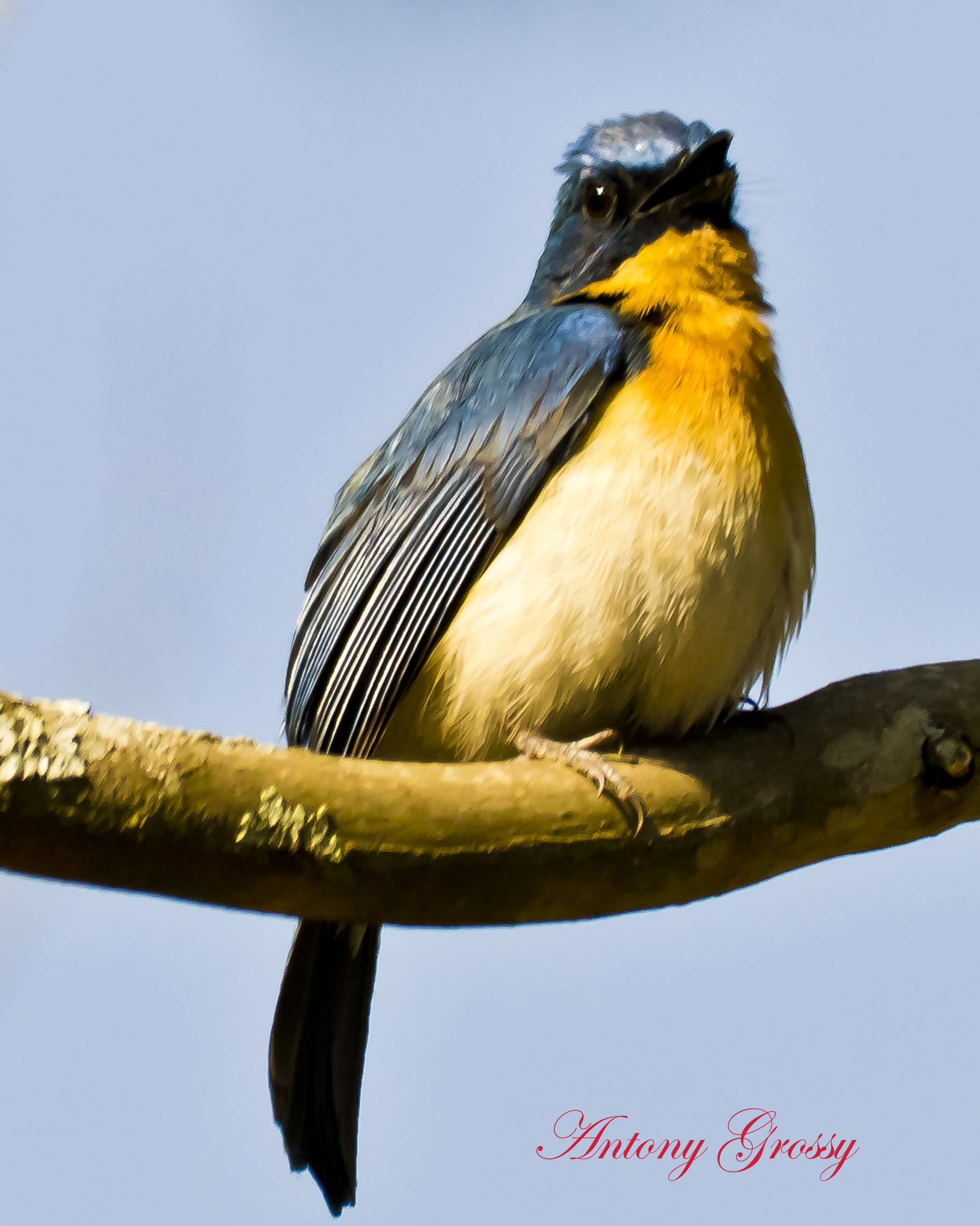
Mimicry is a fascinating behavior observed in some bird species, notably parrots and certain thrushes. These birds can imitate a wide range of sounds, including the songs of other birds, animal sounds, and human-made noises. Mimicry serves various purposes, such as attracting mates, establishing dominance, or enhancing their vocal repertoire.
Dawn Chorus
Birds exhibit distinct vocal behaviors depending on the time of day. The dawn chorus refers to the period during the early morning hours when many bird species become particularly active and vocal. It serves functions such as territorial defense, mate attraction, and proclaiming their presence. The dawn chorus creates a symphony of sounds as different bird species contribute their unique vocalizations.
Understanding the diverse types of bird chirping enhances our appreciation for the complexity and richness of avian communication. By recognizing the various patterns and purposes behind bird chirping, we gain valuable insights into their behavior, social dynamics, and ecological significance.
How to Interpret Bird Chirping

Bird chirping is a fascinating form of communication that carries various messages. Understanding the nuances of bird chirping can be an exciting endeavor for bird enthusiasts. Here are some guidelines on how to interpret bird chirping effectively:
Consider the Species

Different bird species have distinct chirping patterns and vocalizations. To interpret bird chirping accurately, familiarize yourself with the specific types of birds in your area. Each species has its unique repertoire of sounds, allowing them to convey specific messages.
Pay Attention to Time of Day
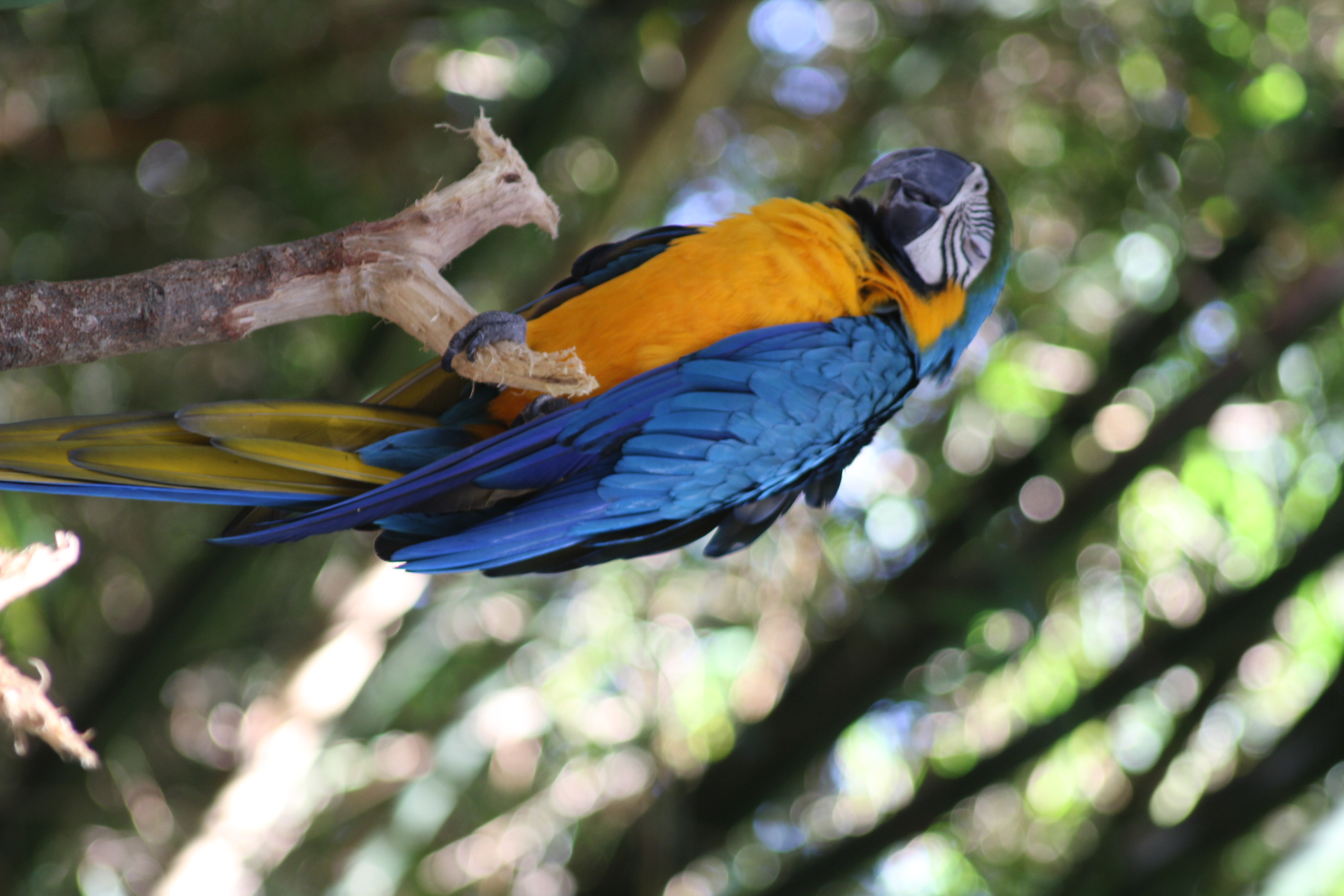
The time of day plays a significant role in interpreting bird chirping. Birds are most active and vocal during the early morning hours, known as the dawn chorus, and in the late afternoon. By listening closely during these peak periods, you can gain valuable insights into the messages being conveyed through their chirping.
Observe Context and Behavior
To accurately interpret bird chirping, observe the context in which it occurs. Pay attention to the bird’s behavior, body language, and the surrounding environment. By observing these contextual cues, you can better interpret the intended meaning behind the chirping.
Learn Vocalization Patterns
Birds use a variety of vocalization patterns to communicate different messages. By familiarizing yourself with these patterns, you can begin to decipher the meaning behind the chirping.
Consider Environmental Factors
Environmental factors can influence bird chirping. Factors such as weather conditions and geographical location can impact a bird’s vocalizations. By considering these factors, you can gain a deeper understanding of the context and meaning behind the bird’s chirping.
Consult Field Guides and Resources
When interpreting bird chirping, consult field guides and other reliable resources. These references provide valuable information on bird species, their vocalizations, and the messages they convey.
By following these guidelines and investing time in observing and studying bird chirping, you can enhance your ability to interpret this captivating form of avian communication. Remember, patience and practice are key to becoming proficient in understanding the rich language of birds.
Chirping and Bird Mating Rituals

Bird chirping is a crucial component of communication during mating rituals. It serves multiple purposes, including attracting mates and facilitating species identification.
Purpose of Chirping in Bird Mating Rituals
Chirping serves as a means of communication during bird mating rituals. It allows birds to establish contact, express availability, and initiate courtship behaviors. Additionally, chirping aids in species identification, helping birds recognize and attract mates of their own species.
Vocalizations and Courtship Displays
Songbirds utilize complex vocalizations, including chirping, to attract mates. Male songbirds engage in elaborate singing displays that showcase their fitness and genetic quality. These displays involve a combination of sounds, creating a captivating performance. Certain bird species have specific chirping rituals during courtship, highlighting the male’s vigor and reproductive capabilities. Duetting, where both males and females produce coordinated chirping patterns, enhances pair bonding and signals readiness to mate.
Importance of Chirping in Mate Selection

Chirping plays a vital role in mate selection. Birds evaluate the quality of a potential mate’s chirping to make informed decisions during courtship. Characteristics such as strength, melodiousness, and complexity of chirping patterns indicate superior genetic traits and reproductive fitness. By selecting mates with desirable chirping qualities, birds ensure successful reproduction and the passing on of favorable genetic traits to their offspring.
The Benefits of Bird Chirping

Bird chirping serves various important purposes, including communication, mating and attraction, territory establishment, species identification, and environmental monitoring.
Communication
Bird chirping is a fundamental form of communication. It allows birds to convey messages about predators, territory boundaries, group movements, and distress or danger. The complexity and duration of chirping provide valuable information for effective communication within the avian community.
Mating and Attraction
Male birds use chirping to attract potential mates. The quality and complexity of their chirping signals indicate overall health and genetic fitness. Female birds are attracted to males with strong and attractive chirping patterns, ensuring successful reproduction and the continuation of species.
Territory Establishment
Birds vocalize their presence through songs and chirping to establish and defend territories. By communicating their claim, they minimize conflicts and ensure access to critical resources. Distinct chirping patterns aid in establishing territorial boundaries among neighboring birds.
Species Identification
Bird chirping patterns allow experts to identify different bird species. Listening closely to chirping sounds helps monitor populations and study behavior. This ability is invaluable for conservation efforts and understanding avian ecosystems.
Environmental Indicators

Changes in bird chirping patterns can indicate environmental conditions. Alterations in chirping activity provide insights into the presence of predators, disturbances, breeding activity, or migratory patterns. Monitoring bird chirping helps researchers and conservationists understand the health and dynamics of ecosystems.
In conclusion, bird chirping is a vital aspect of avian behavior. It plays a significant role in communication, mating rituals, territory establishment, species identification, and environmental monitoring. Understanding the benefits of bird chirping enhances our appreciation for these melodic sounds and their impact on the avian world.
Conclusion
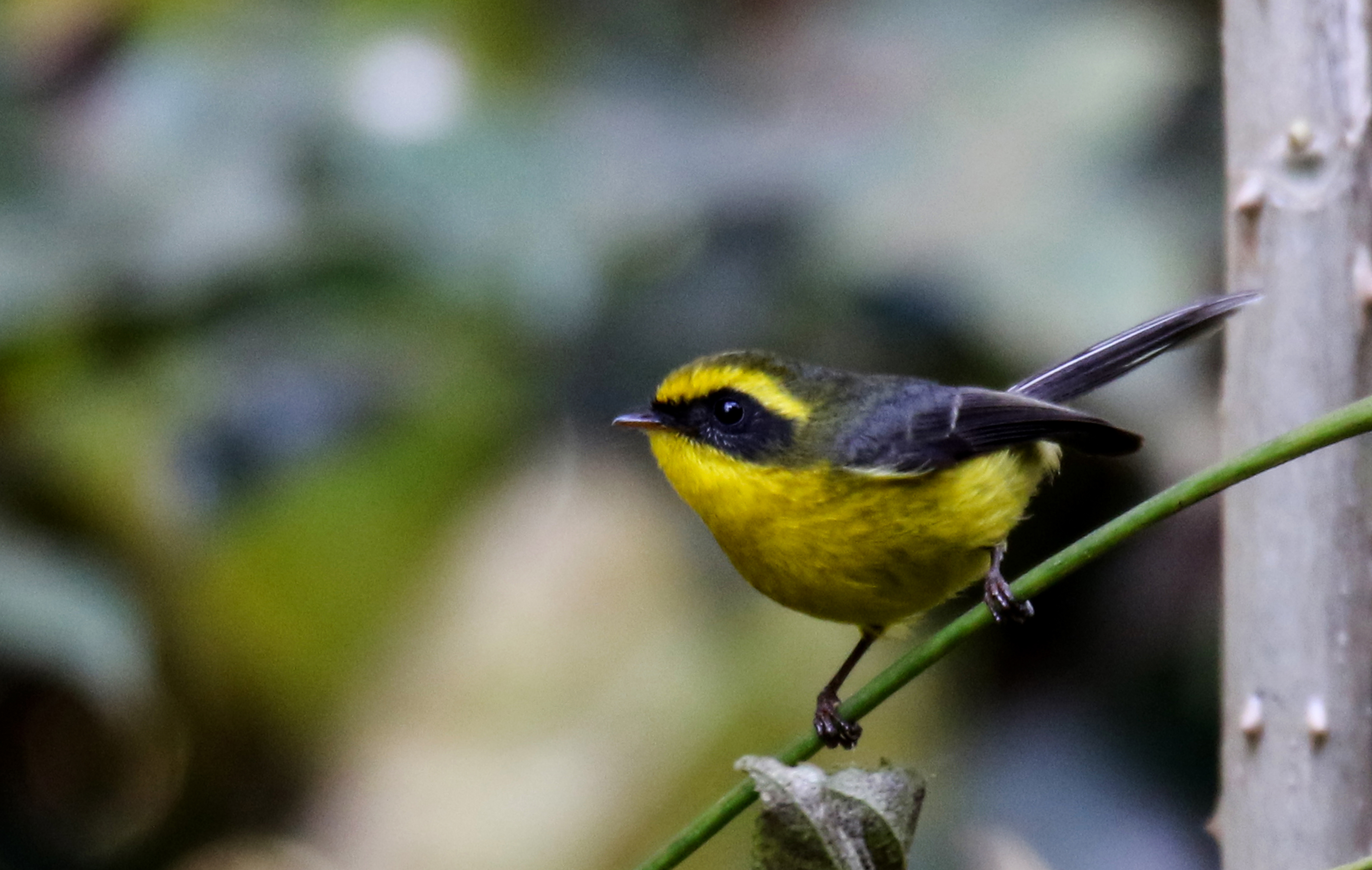
Bird chirping is a fascinating form of vocal communication that plays a crucial role in the lives of birds. Throughout this article, we have explored its various aspects and significance in avian behavior.
Bird chirping serves multiple purposes, including attracting mates, defending territory, warning of danger, and maintaining social bonds. Different bird species have distinct chirping patterns and vocalizations, evolved to suit their specific needs and environments.
Understanding bird chirping provides valuable insights into avian behavior. The timing and intensity of chirping reveal information about the breeding season, while environmental factors influence chirping behavior, adding complexity to its interpretation.
Listening to bird chirping and observing their behavior can be a rewarding and therapeutic experience, reducing stress and connecting with the natural world. Bird chirping is not only enjoyable for nature enthusiasts but also a valuable tool for identifying bird species and studying their behavior.
While we have made significant strides in understanding bird chirping, ongoing research and technological advancements continue to shed light on its intricacies. Staying curious and following recent developments deepens our knowledge and appreciation of this rich and complex form of communication.
So, the next time you find yourself surrounded by the melodious symphony of bird songs, take a moment to listen, observe, and marvel at the wonders of nature.
Frequently Asked Questions
What does bird chirping mean?
Bird chirping is a form of communication used by birds to convey various messages. Chirping can indicate territorial boundaries, attract mates, warn of danger, maintain social bonds, and communicate important information within a bird community.
How can I interpret bird chirping?
To interpret bird chirping effectively, consider the species of the bird, pay attention to the time of day, observe the context and behavior of the bird, learn vocalization patterns, consider environmental factors, and consult field guides and reliable resources for reference.
What are the different types of bird chirping?
Bird chirping encompasses several types, including simple repetitive chirping for basic communication, complex melodious songs for attracting mates, alarm calls to warn of danger, social calls for maintaining social bonds, mimicry for imitating other sounds, and the dawn chorus, which is a period of intense vocal activity during the early morning hours.
How does bird chirping relate to bird mating rituals?
Bird chirping plays a crucial role in bird mating rituals. It allows birds to establish contact, express availability, identify and attract mates of their own species, and engage in courtship behaviors. The quality and complexity of chirping patterns are often evaluated by potential mates during the selection process.
What are the benefits of bird chirping?
Bird chirping serves multiple important purposes, including communication within the avian community, attracting mates, establishing and defending territories, identifying different bird species, and providing environmental indicators such as changes in behavior or presence of predators. Understanding bird chirping enhances our appreciation for these vocalizations and their impact on bird behavior and ecosystems.

Leave a Reply